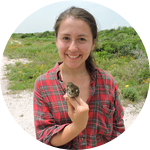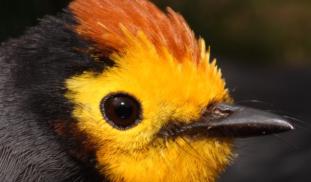Please wait...
About This Project
Our research project aims to characterize a case of hybridization between two species of colorful warblers that inhabit Andean forests: the Spectacled and Golden-faced Redstarts. By describing how plumage, song and genes vary through this hybrid zone, I will be able to address key questions like: Do phenotypic and genetic variation coincide? Does plumage coloration and song vary in parallel across this hybrid zone? Lastly, what is the relative importance of these signals for communication?





